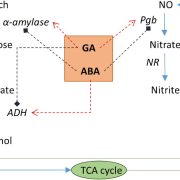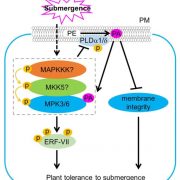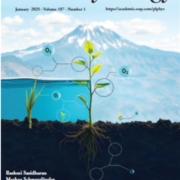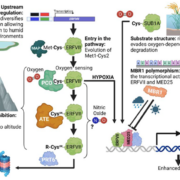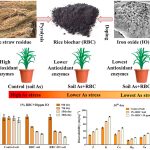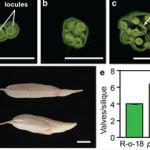TOR couples energy to oxygen sensing to modulate hypoxic gene expression
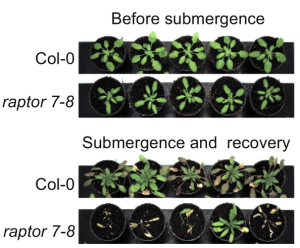 Floods limit plant oxygen availability, impacting their growth and productivity. In hypoxia, the ERF-VII group of transcription factors are stabilized and activate Hypoxia-Responsive Genes (HRG) that prepare the plant to face the stress. In this situation, plant metabolism switches from oxidative phosphorylation in mitochondria to fermentation, decreasing the production of ATP. Four hours after the onset of hypoxia, the expression of HRGs peaks, after which it is dampened to lower the rate of carbohydrate consumption in order to ensure long-lasting survival or possible recovery. This suggests that the oxygen sensing pathway is also regulated by sugar or energy availability. In this work, Kunkowska et al., show that Target Of Rapamycin (TOR) controls the ERF-VII oxygen sensing pathway. When energy availability is optimal, TOR activates RAP2.12 (an important ERF-VII) through the phosphorylation of two serine residues at the C-terminal part of RAP2.12. When there is a lower production of ATP due to hypoxia, TOR activity is reduced and HRGs induction is attenuated. This reveals crosstalk between energy and oxygen sensing in plants through a mechanism (mediated by TOR) that is also present in animal cells. (Summary by Eva Maria Gomez Alvarez, @eva_ga96) PNAS. 10.1073/pnas.2212474120
Floods limit plant oxygen availability, impacting their growth and productivity. In hypoxia, the ERF-VII group of transcription factors are stabilized and activate Hypoxia-Responsive Genes (HRG) that prepare the plant to face the stress. In this situation, plant metabolism switches from oxidative phosphorylation in mitochondria to fermentation, decreasing the production of ATP. Four hours after the onset of hypoxia, the expression of HRGs peaks, after which it is dampened to lower the rate of carbohydrate consumption in order to ensure long-lasting survival or possible recovery. This suggests that the oxygen sensing pathway is also regulated by sugar or energy availability. In this work, Kunkowska et al., show that Target Of Rapamycin (TOR) controls the ERF-VII oxygen sensing pathway. When energy availability is optimal, TOR activates RAP2.12 (an important ERF-VII) through the phosphorylation of two serine residues at the C-terminal part of RAP2.12. When there is a lower production of ATP due to hypoxia, TOR activity is reduced and HRGs induction is attenuated. This reveals crosstalk between energy and oxygen sensing in plants through a mechanism (mediated by TOR) that is also present in animal cells. (Summary by Eva Maria Gomez Alvarez, @eva_ga96) PNAS. 10.1073/pnas.2212474120


